Train To Teach
Please contact Mrs Geraldine Gray, Assistant Headteacher g.gray@testbourne.school for more information regarding teacher training at Testbourne Community School.
More Information
GET INTO TEACHING
BASINGSTOKE ALLIANCE SCITT
SOUTHAMPTON UNIVERSITY
Initial Teacher Training
There are many different routes into the teaching profession including SCITT, Schools Direct, PGCE and undergraduate courses. All routes differ and it is important that trainees choose the most suitable course for them. At TCS we offer school-based PGCE training, combining hands-on classroom experience with academic study. We have links with the Basingstoke Alliance (SCITT), Southampton University and other teacher training routes.
What is SCITT?
School-centred initial teacher training (SCITT) is a programme for graduates, run by and based in schools. Testbourne Community School is apart of the Basingstoke Alliance SCITT, which means we work with other schools in the area and follow the same strategy and method to train future teachers.
What is the School Direct route?
School Direct you are selected by a school from day one. The school will have a job in mind just for you and you will receive financial support throughout your training. Successful completion of the programme will lead to the award of qualified teacher status (QTS).
What's the difference between School Direct and SCITT?
School Direct and SCITT are very similar as in they are both a school based route into teacher training led by partnership of schools. Both routes will award QTS and some will also offer a PGCE. The main difference is in who awards the QTS. In a SCITT this is awarded by a SCITT where in School Direct this is awarded by the partner HEI. The SCITTs that also offer a PGCE with partner with a HEI to award this element.
PGCE courses
The postgraduate certificate in education (PGCE) is a one- or two-year academic qualification you can achieve during your teacher training. The PGCE is a mix of predominately university study and some teaching practice.
Undergraduate Courses
If you don't already have a degree, you can apply for teacher training programmes to graduate with Qualified Teacher Status (QTS). UCAS Undergraduate is the scheme to apply for the main university-led routes, and most (but not all) Level 5 post-16 teaching courses.


 Testbourne Community School
Testbourne Community School